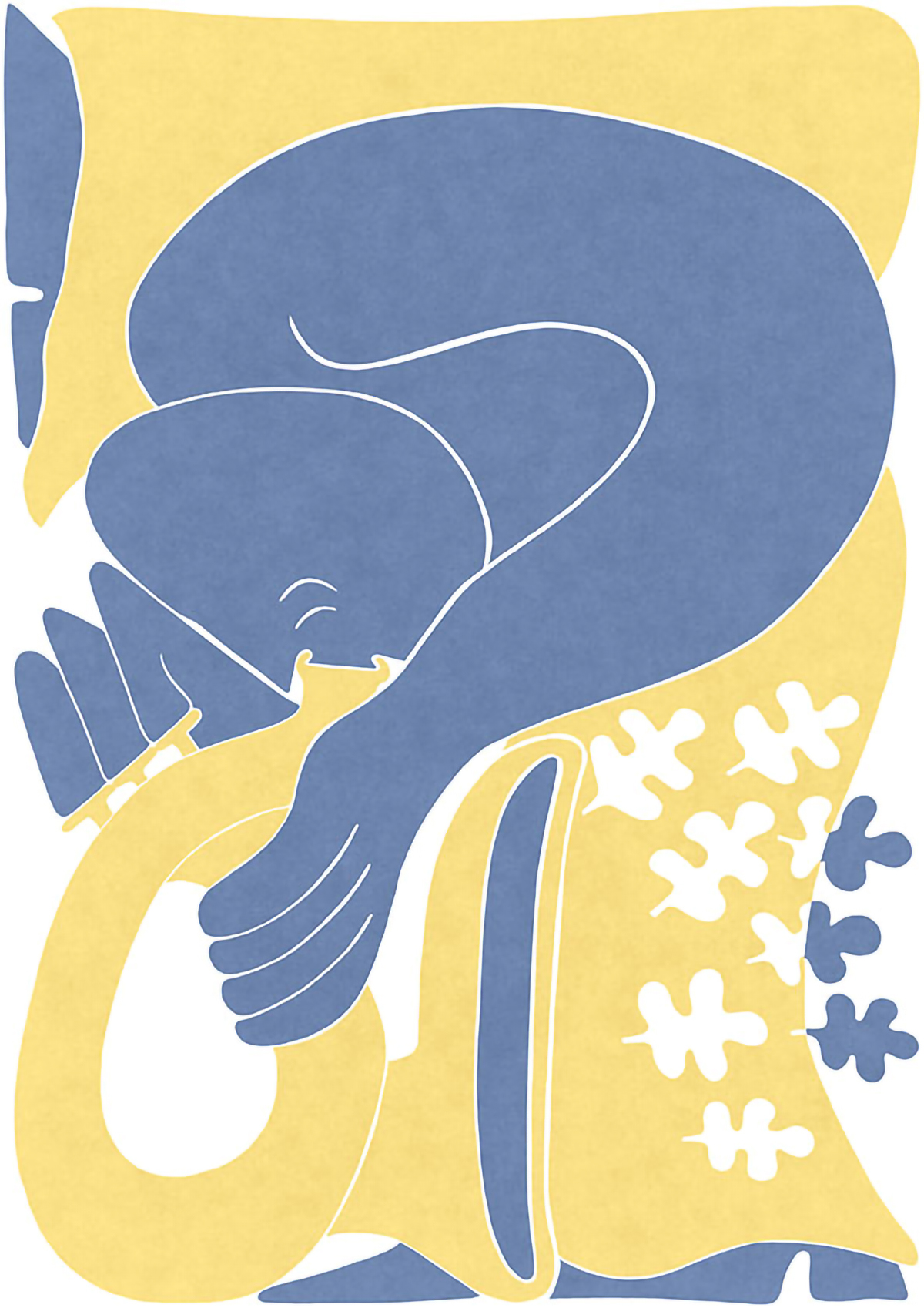Of Three Potential Ways to Catch COVID, We've Been Ignoring the All-Important Third
Posted in: UncategorizedWe know that COVID can be transmitted through fomites–objects and surfaces that are covered in virus particles–and thus we wash our hands and disinfect surfaces.
 Photo by Kelly Sikkema on Unsplash
Photo by Kelly Sikkema on Unsplash
It’s also known that COVID can be transmitted via droplets–the visible particles that shoot out of our mouths when we cough or sneeze, and which typically fall to the ground within 3-6 feet–which is why we maintain social distancing and wear masks.

Getting far less attention is the science-backed theory that COVID can be transmitted by aerosols, as measles, chickenpox and tuberculosis can. Far smaller than droplets, aerosol particles can float in the air for minutes to hours.
 Photo by davide ragusa on Unsplash
Photo by davide ragusa on Unsplash
As a useful example, consider that secondhand smoke also consists of aerosol particles. If you walk into a poorly ventilated room where someone has smoked a cigarette hours before, you can still smell the smoke in the air, because the particles still linger.
We don’t need to sneeze or cough to expel aerosols; all we need to do is exhale. Talking, talking loudly and shouting each increase the rate of aerosols we put out. When this is considered, it’s no wonder that crowded, noisy bars are superspreader environments.
 Photo by Sam Barber on Unsplash
Photo by Sam Barber on Unsplash
A single infected person with a leaky mask–or a mask that they remove to enjoy their drink–can exhale their way around the entire room, providing comprehensive coverage. If you’ve ever been in a bar where smoking is allowed, you know that it doesn’t matter if you smoke or not; when you get home, you stink of cigarette smoke. You can smell it in your hair and your clothes because you’ve been around it all night.
 Photo by Joshua Fuller on Unsplash
Photo by Joshua Fuller on Unsplash
So what can we do to protect ourselves and our fellow citizens? The first thing is to get informed and let the data shape your behavior. Here are some salient points put forth by chemistry professor Jose-Luis Jimenez, a researcher in Environmental Sciences at the University of Colorado-Boulder and the American Association for Aerosol Research, as recounted to Time:
– “I, together with many other scientists, believe that a substantial share of COVID-19 cases are the result of transmission through aerosols. The evidence in favor of aerosols is stronger than that for any other pathway….”
– “…It was thought for decades that tuberculosis was transmitted by droplets and fomites…but research eventually proved that tuberculosis can only be transmitted through aerosols. I believe that we have been making a similar mistake for COVID-19.”
– “When it comes to COVID-19, the evidence overwhelmingly supports aerosol transmission, and there are no strong arguments against it.”
– “Superspreading events, where one person infects many, occur almost exclusively in indoor locations and are driving the pandemic. These observations are easily explained by aerosols, and are very difficult or impossible to explain by droplets or fomites.”
– “The visual analogy of smoke can help guide our risk assessment and risk reduction strategies. One just has to imagine that others they encounter are all smoking, and the goal is to breathe as little smoke as possible.”
 Photo by Kamil Feczko on Unsplash
Photo by Kamil Feczko on Unsplash
Practical steps advocated by Jimenez are to ensure our own masks are tight-fitting–and “to not stand behind someone with a poorly fitting mask;” imagine they’re exhaling secondhand smoke and it’s streaming out of the leaks. Furthermore, we oughn’t remove our masks to speak.
 Photo by Arthur Poulin on Unsplash
Photo by Arthur Poulin on Unsplash
If congregating with others is necessary, it should be done outdoors in a well-ventilated space (i.e. parks good, alleyways bad.)
 Photo by Samuele Giglio on Unsplash
Photo by Samuele Giglio on Unsplash
Jimenez has helpfully outlined a “consistent and logical set of recommendations” that he’s acronym-ized as “A CIViC DUTY:” Avoid Crowding, Indoors, low Ventilation, Close proximity, long Duration, Unmasked, Talking/singing/Yelling.” You can read more details here.

 Photo by
Photo by  Photo by
Photo by 



















































